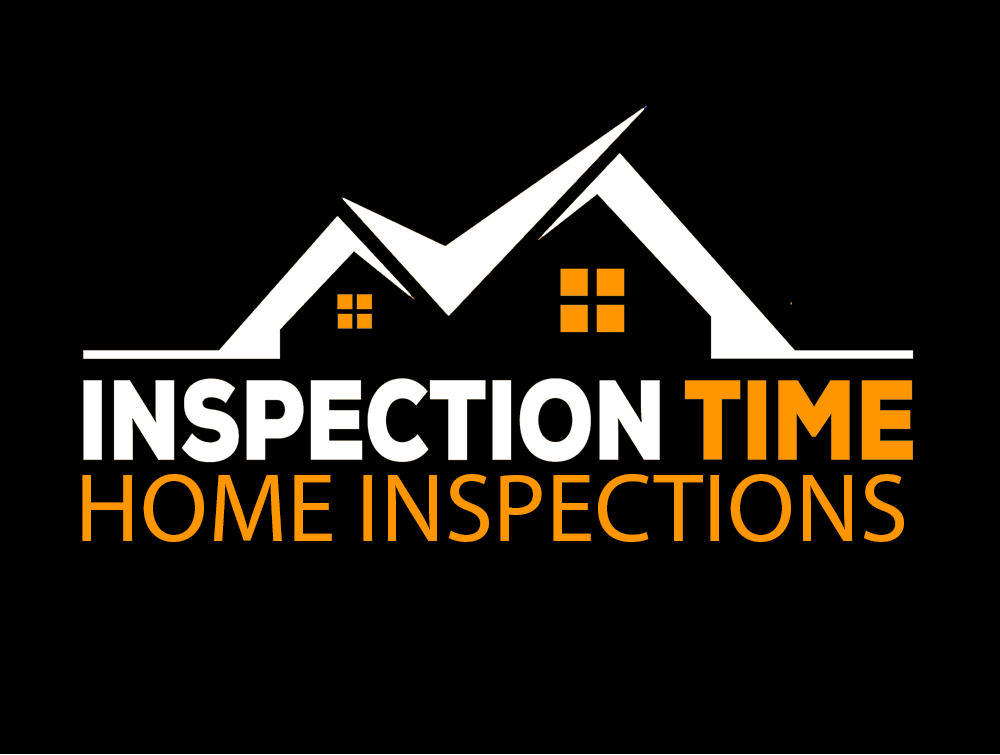PEX Piping Too Close to the Top of a Water
Author: Inspection Time | Aaron – Certified Master Inspector TREC #25498 | NACHI22040459 | LEAD FIRM #NAT-F244506-1 | TDA# 0907507 | Airman Certificate #4902697

If you’ve recently had a home inspection and saw a note about PEX piping being too close to the top of your water heater, you’re not alone. This is one of those items that home inspectors call out almost every time they see it—and for good reason.
The IRC Requirement
The International Residential Code (IRC) requires that non-metallic water piping (like PEX) be kept at least 18 inches away from the top of a gas water heater’s draft hood or any other heat source unless the piping is protected with a listed, approved transition fitting. This rule is in place to prevent heat damage, since PEX can degrade and lose its strength when exposed to excessive temperatures.
Why It’s Important
PEX is a flexible, reliable plumbing material—but it’s also vulnerable to high heat. The top of a gas water heater can produce temperatures that exceed PEX’s safe operating limits, especially around the vent or flue pipe. Prolonged exposure can:
- Weaken the pipe and cause leaks.
- Shorten the lifespan of the piping.
- Lead to costly water damage and repairs.
By maintaining the required clearance or using approved metallic stubs, you protect the pipe from heat and ensure the plumbing lasts.
Why Inspectors Always Call It Out
Home inspectors are trained to look for anything that could pose a safety or performance issue, and PEX too close to a water heater is an easy red flag. Even if the system works fine today, the risk for future failure is high enough that inspectors will note it in every report.
How to Fix It
If you have PEX running directly into the top of your water heater:
- Install a metal transition pipe (such as copper or steel) between the water heater and PEX.
- Maintain the 18-inch clearance per IRC requirements.
- Hire a licensed plumber to make the correction so it meets today’s standards.
By addressing this now, you’ll avoid problems down the road and have a home that’s safer, more reliable, and more likely to pass inspection without a hitch.



